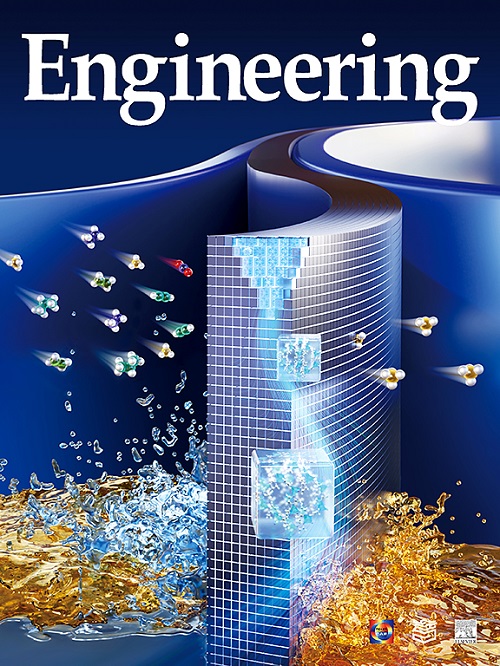基于大语言模型和量子计算的沙门氏菌耐药性预测平台的开发
IF 10.1
1区 工程技术
Q1 ENGINEERING, MULTIDISCIPLINARY
引用次数: 0
摘要
作为一种常见的食源性病原体,沙门氏菌对公共卫生安全构成威胁,这在出现耐药菌株的情况下很常见。然而,目前缺乏基于大型语言模型(llm)的沙门氏菌耐药性预测、数据呈现和数据共享的系统平台。为了解决这一问题,我们首先提出了一种基于卡方检验和条件互信息最大化的两步特征选择过程,在泛基因组分析中找到沙门氏菌的关键耐药基因,并基于Qwen2 LLM和低秩自适应,开发了一种基于LLM的沙门氏菌抗菌素耐药性预测(SARPLLM)算法,以实现准确的抗菌素耐药性预测。其次,通过构建量子数据增强算法QSMOTEN,优化了从线性到对数水平计算样本距离的时间复杂度。第三,构建了基于知识图谱的用户友好型沙门氏菌耐药性在线预测平台,不仅方便用户进行耐药性在线预测,而且将沙门氏菌数据集的泛基因组分析结果可视化。本文章由计算机程序翻译,如有差异,请以英文原文为准。
Developing a Predictive Platform for Salmonella Antimicrobial Resistance Based on a Large Language Model and Quantum Computing
As a common foodborne pathogen, Salmonella poses risks to public health safety, common given the emergence of antimicrobial-resistant strains. However, there is currently a lack of systematic platforms based on large language models (LLMs) for Salmonella resistance prediction, data presentation, and data sharing. To overcome this issue, we firstly propose a two-step feature-selection process based on the chi-square test and conditional mutual information maximization to find the key Salmonella resistance genes in a pan-genomics analysis and develop an LLM-based Salmonella antimicrobial-resistance predictive (SARPLLM) algorithm to achieve accurate antimicrobial-resistance prediction, based on Qwen2 LLM and low-rank adaptation. Secondly, we optimize the time complexity to compute the sample distance from the linear to logarithmic level by constructing a quantum data augmentation algorithm denoted as QSMOTEN. Thirdly, we build up a user-friendly Salmonella antimicrobial-resistance predictive online platform based on knowledge graphs, which not only facilitates online resistance prediction for users but also visualizes the pan-genomics analysis results of the Salmonella datasets.
求助全文
通过发布文献求助,成功后即可免费获取论文全文。
去求助
来源期刊

Engineering
Environmental Science-Environmental Engineering
自引率
1.60%
发文量
335
审稿时长
35 days
期刊介绍:
Engineering, an international open-access journal initiated by the Chinese Academy of Engineering (CAE) in 2015, serves as a distinguished platform for disseminating cutting-edge advancements in engineering R&D, sharing major research outputs, and highlighting key achievements worldwide. The journal's objectives encompass reporting progress in engineering science, fostering discussions on hot topics, addressing areas of interest, challenges, and prospects in engineering development, while considering human and environmental well-being and ethics in engineering. It aims to inspire breakthroughs and innovations with profound economic and social significance, propelling them to advanced international standards and transforming them into a new productive force. Ultimately, this endeavor seeks to bring about positive changes globally, benefit humanity, and shape a new future.
 求助内容:
求助内容: 应助结果提醒方式:
应助结果提醒方式:


